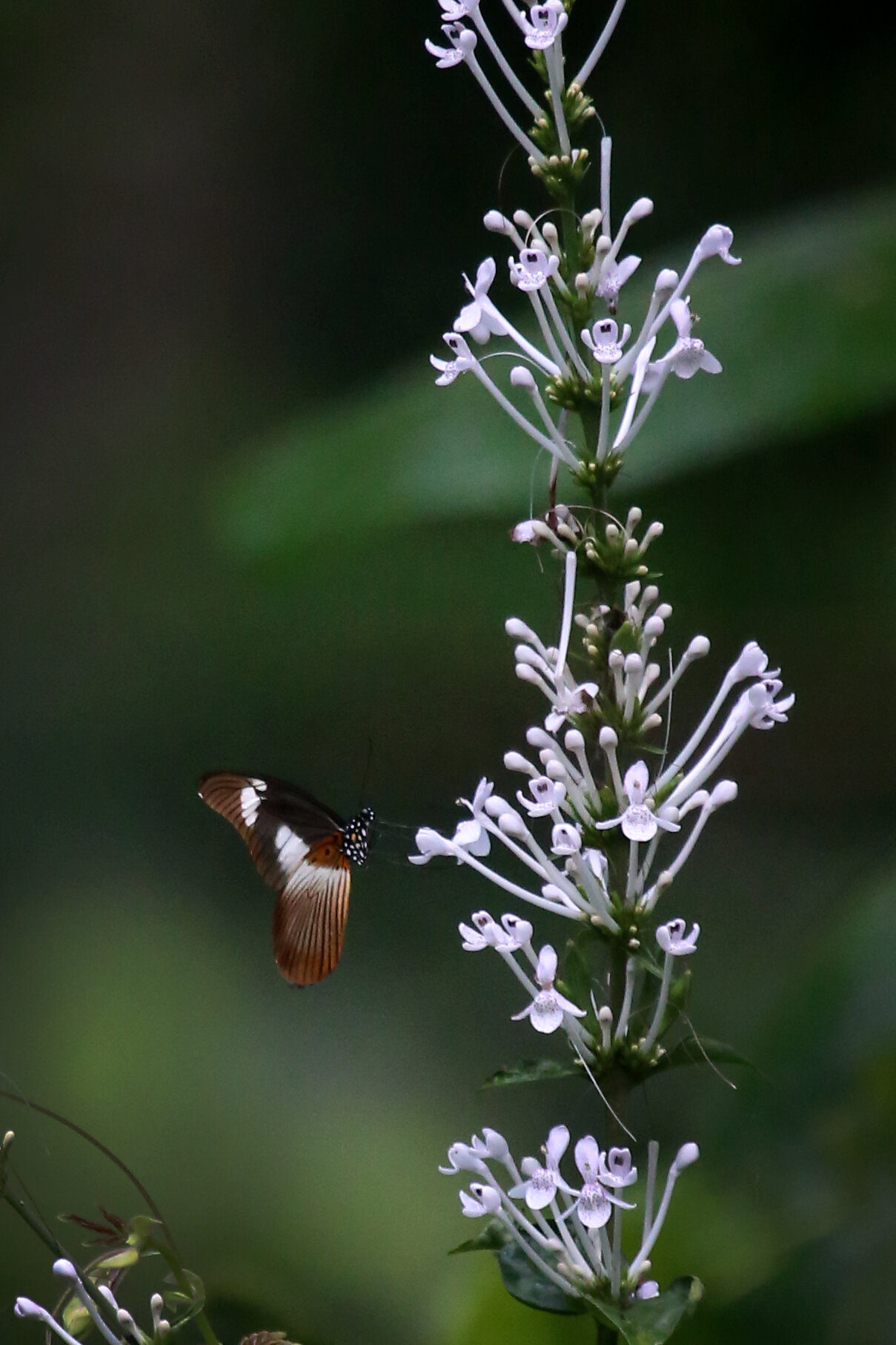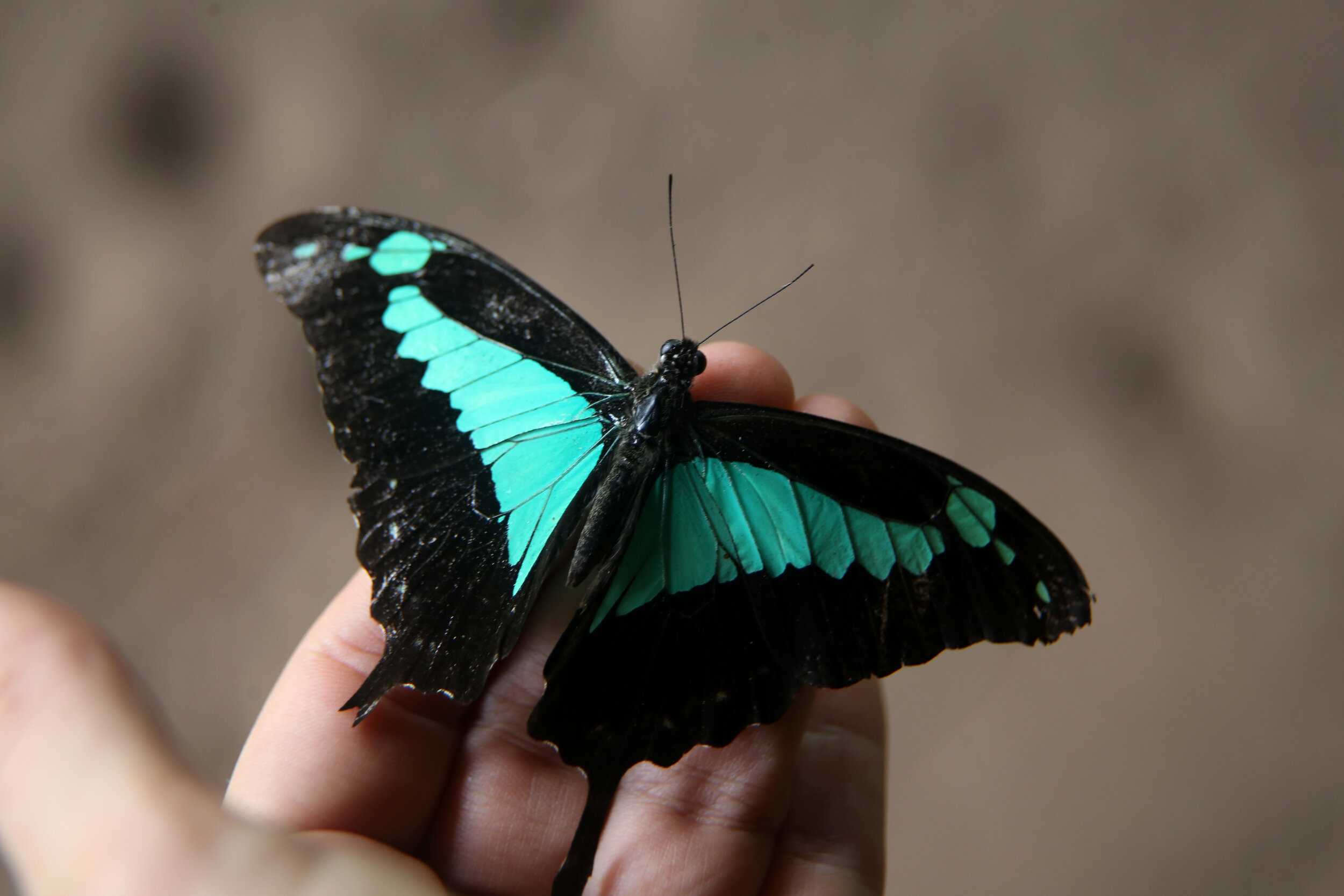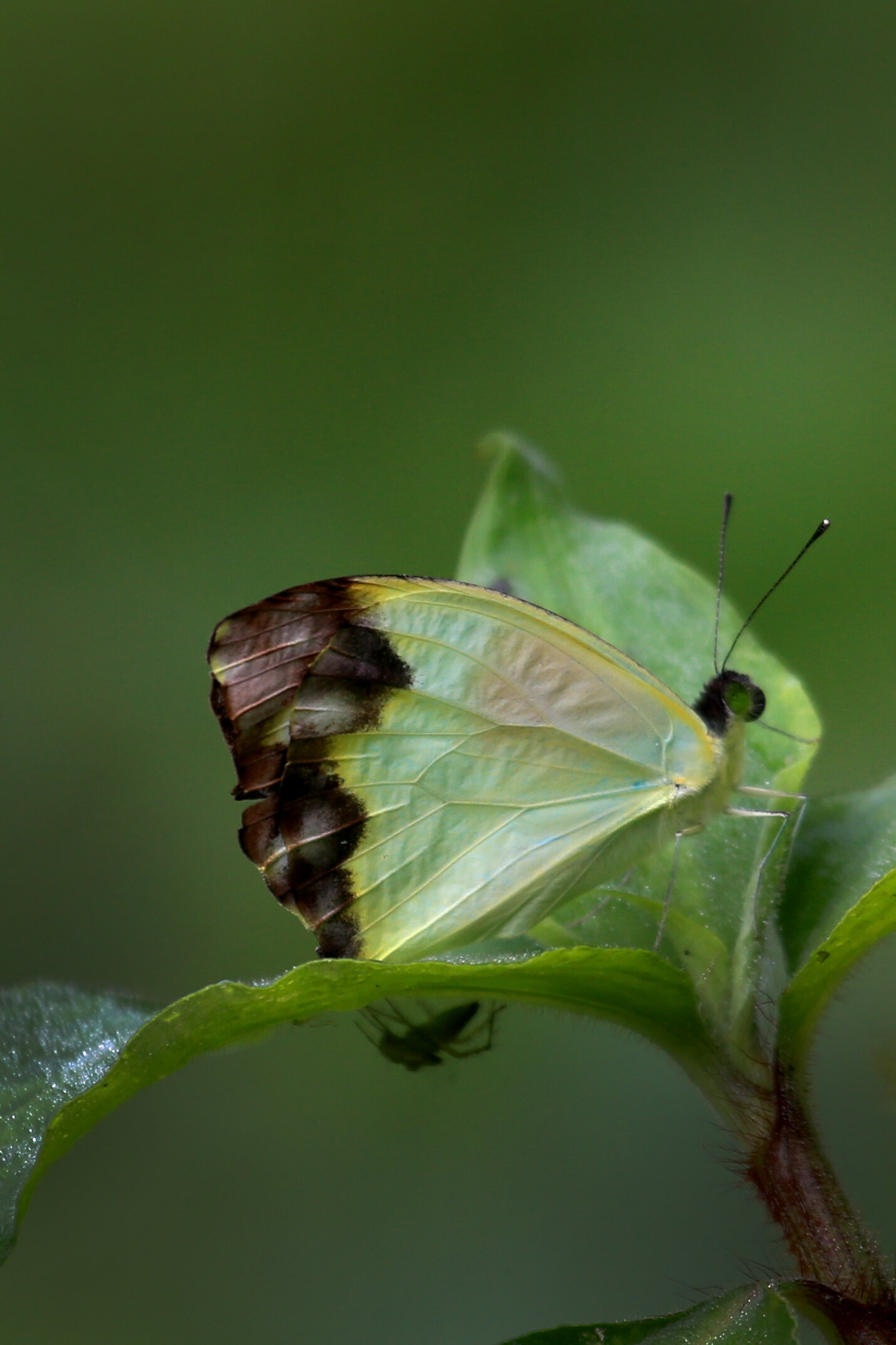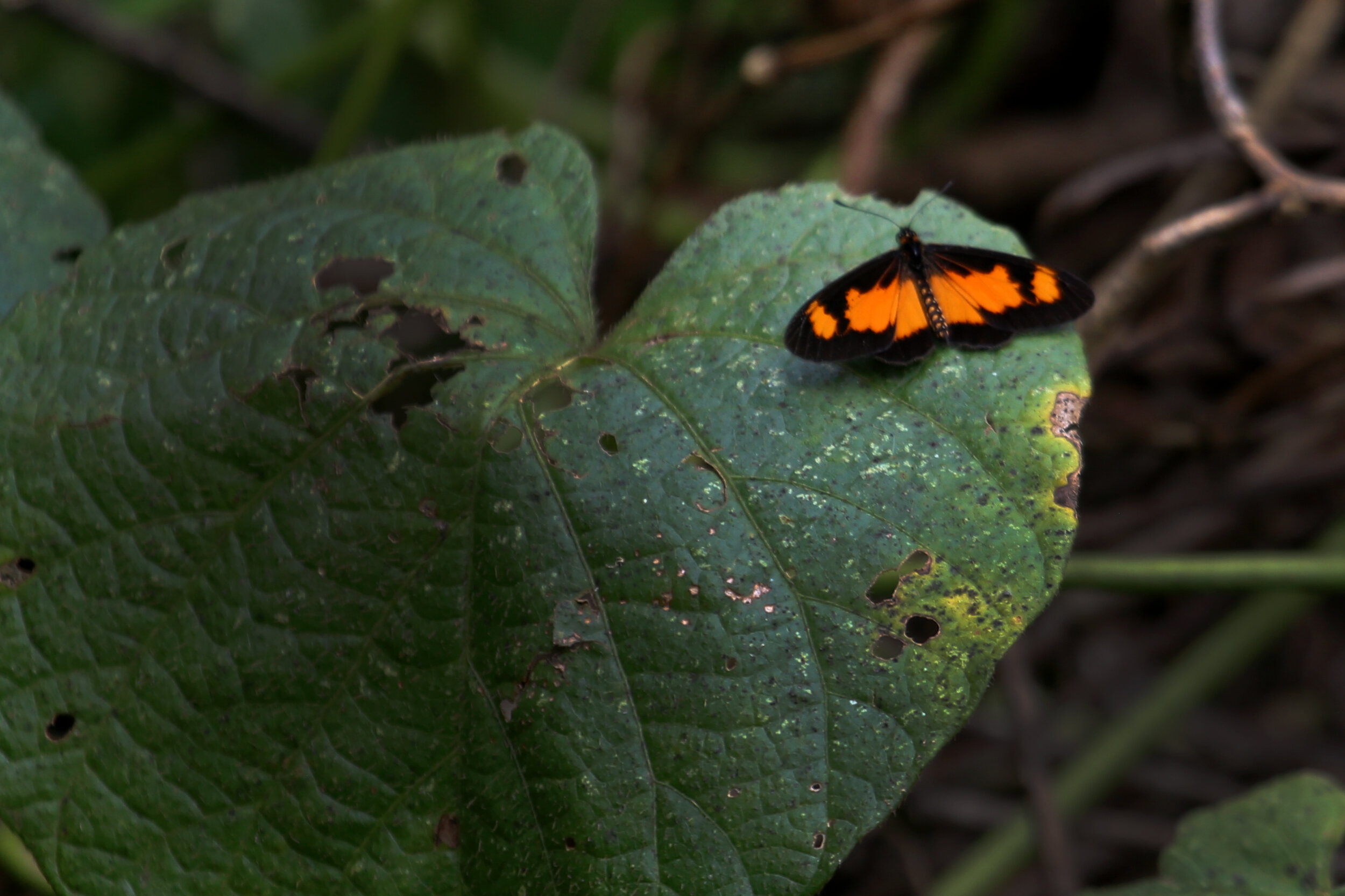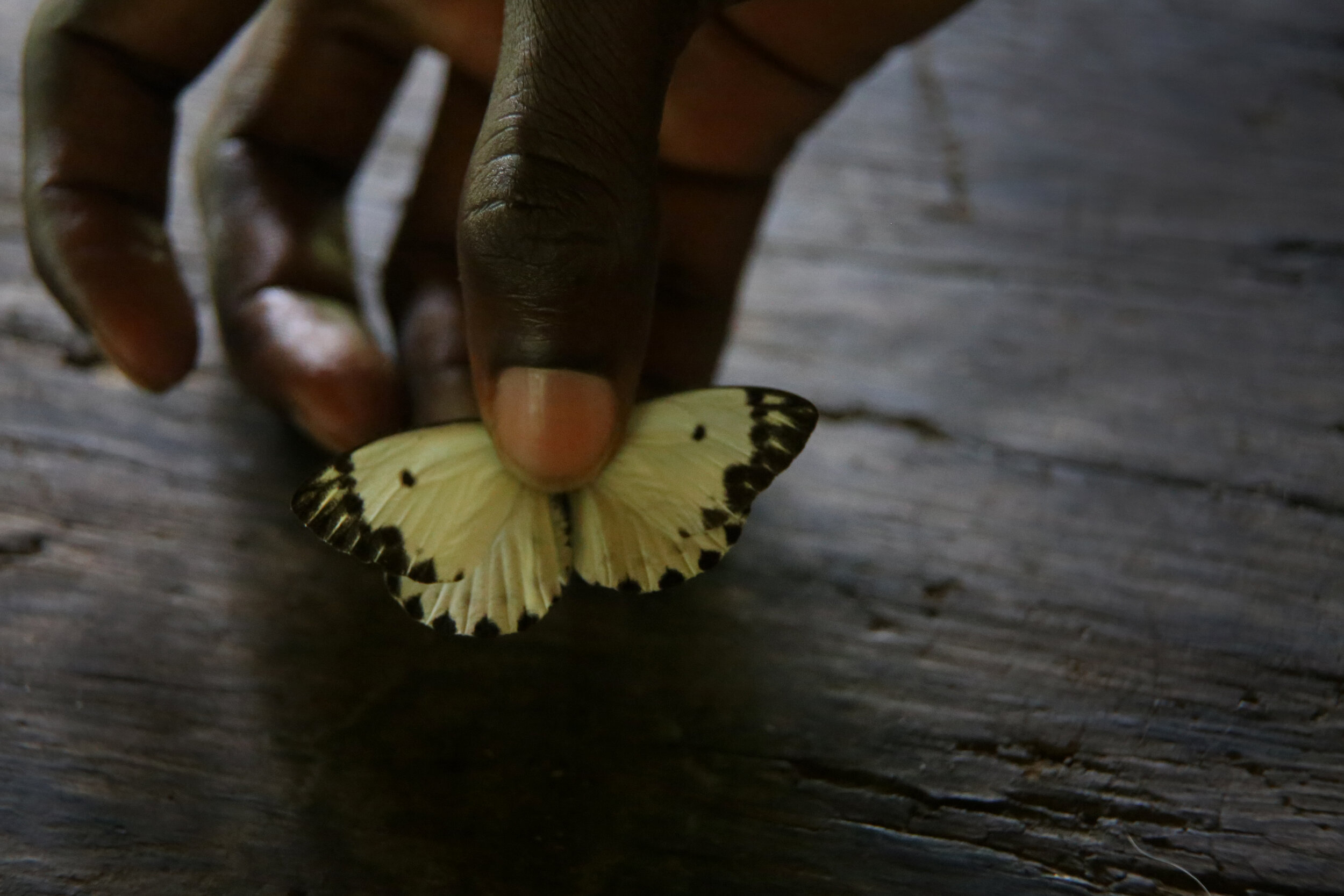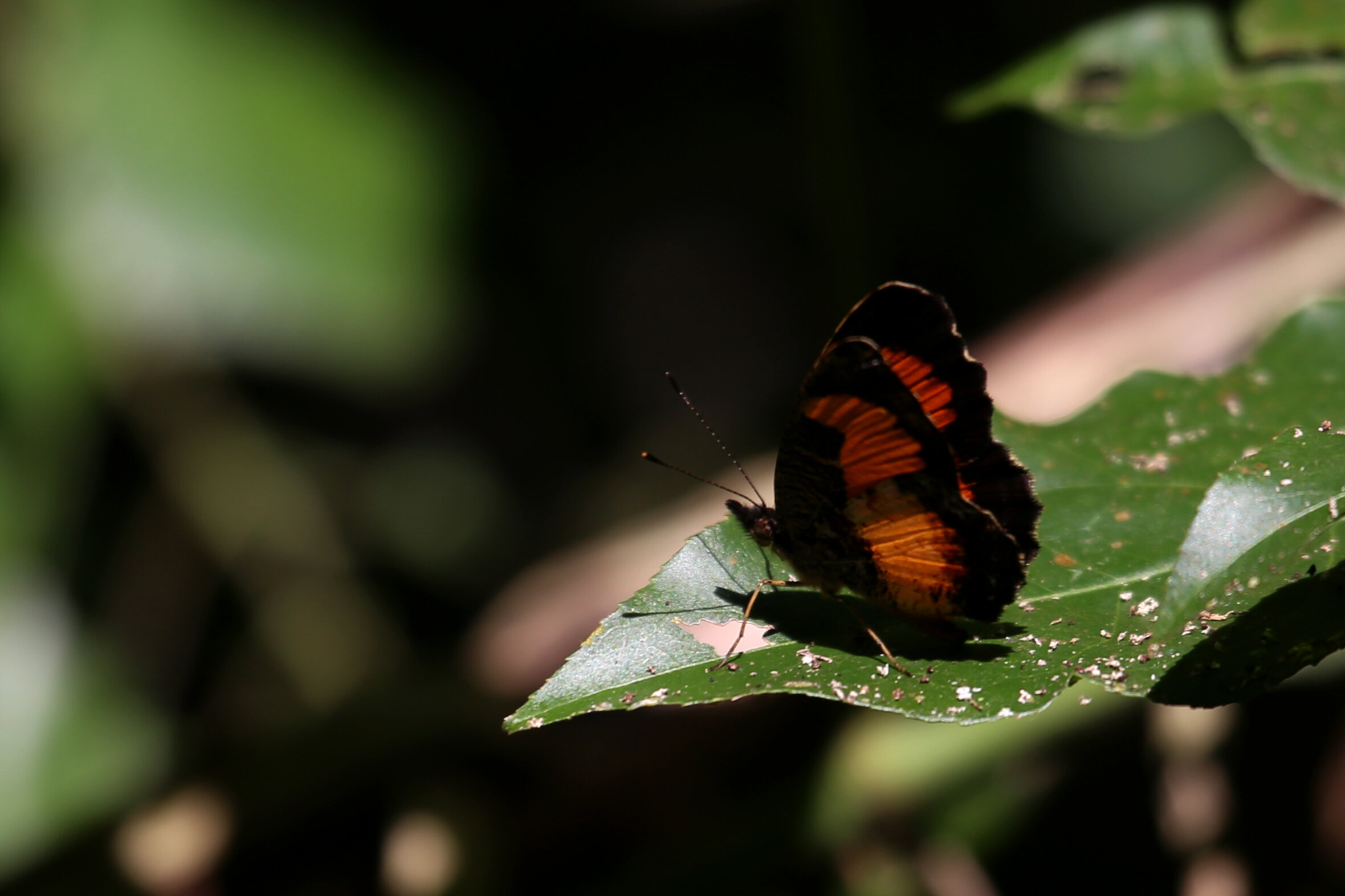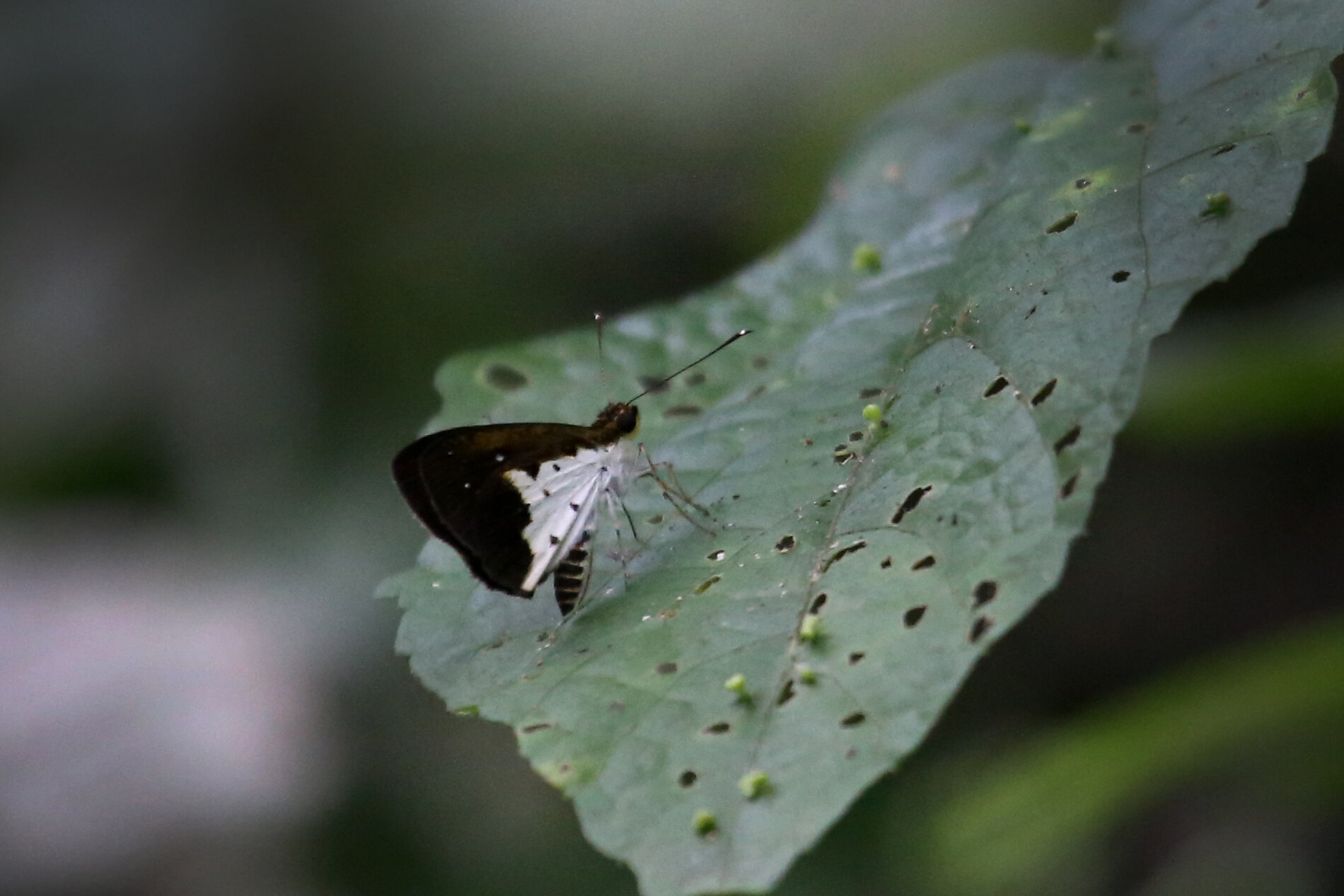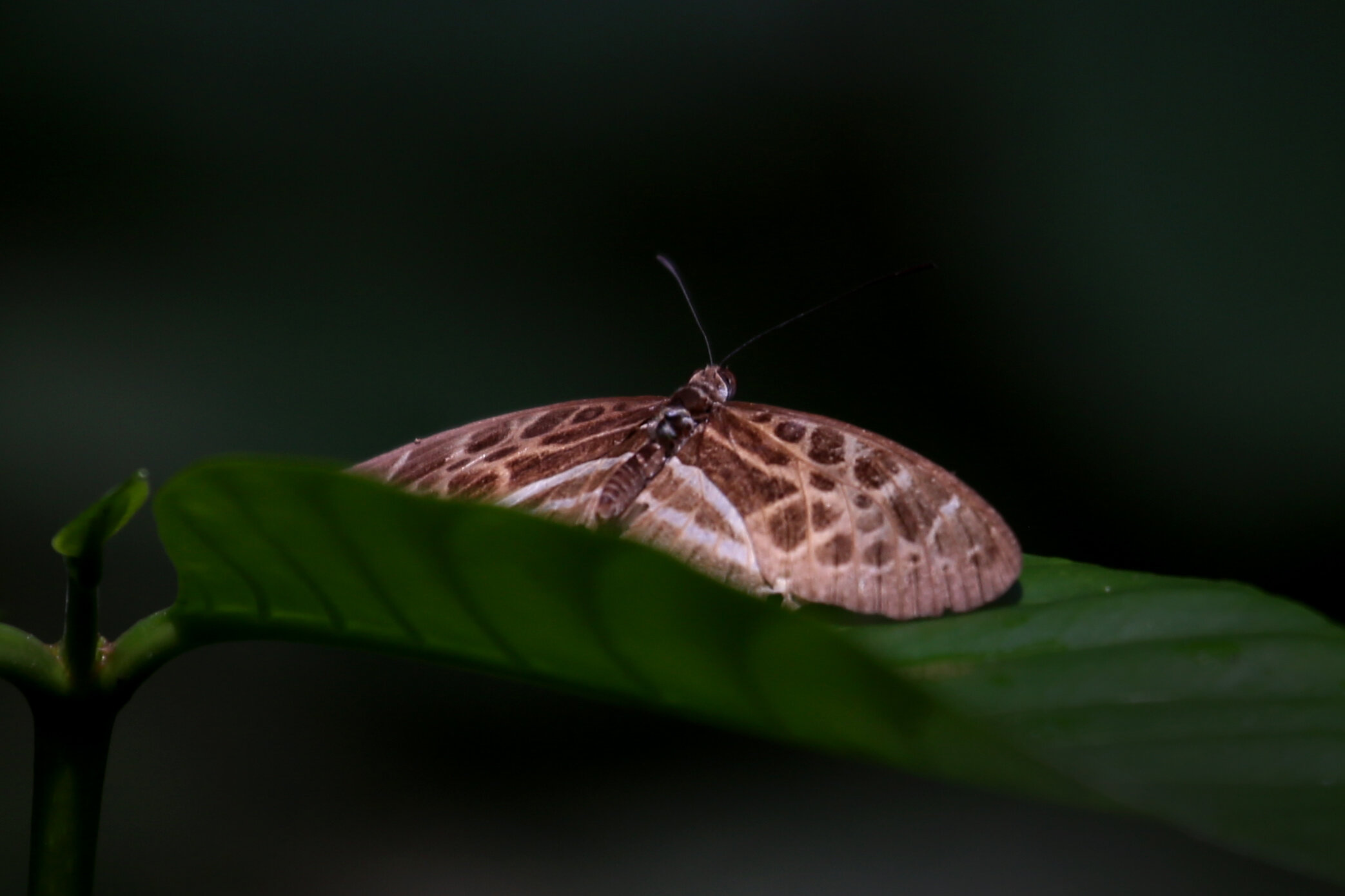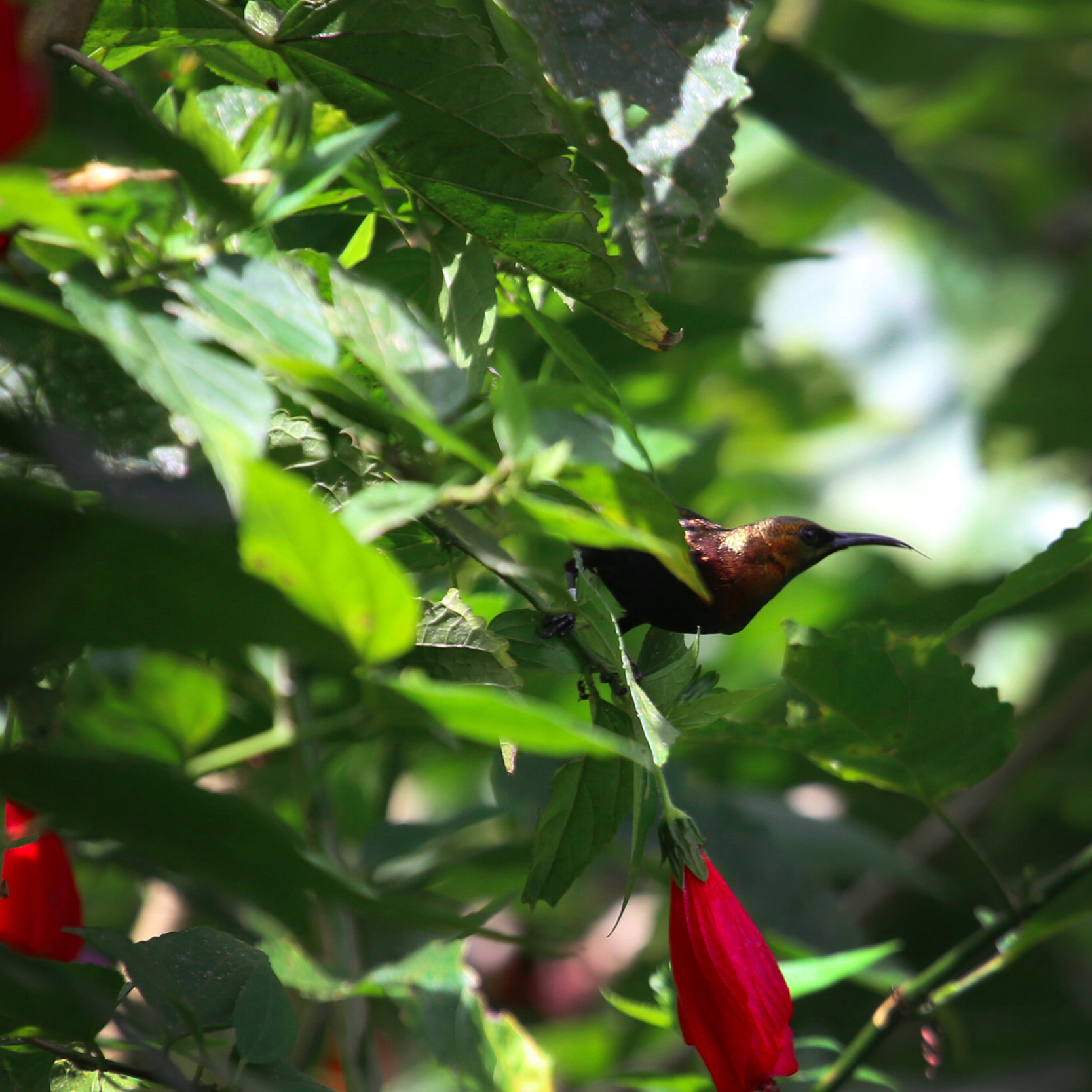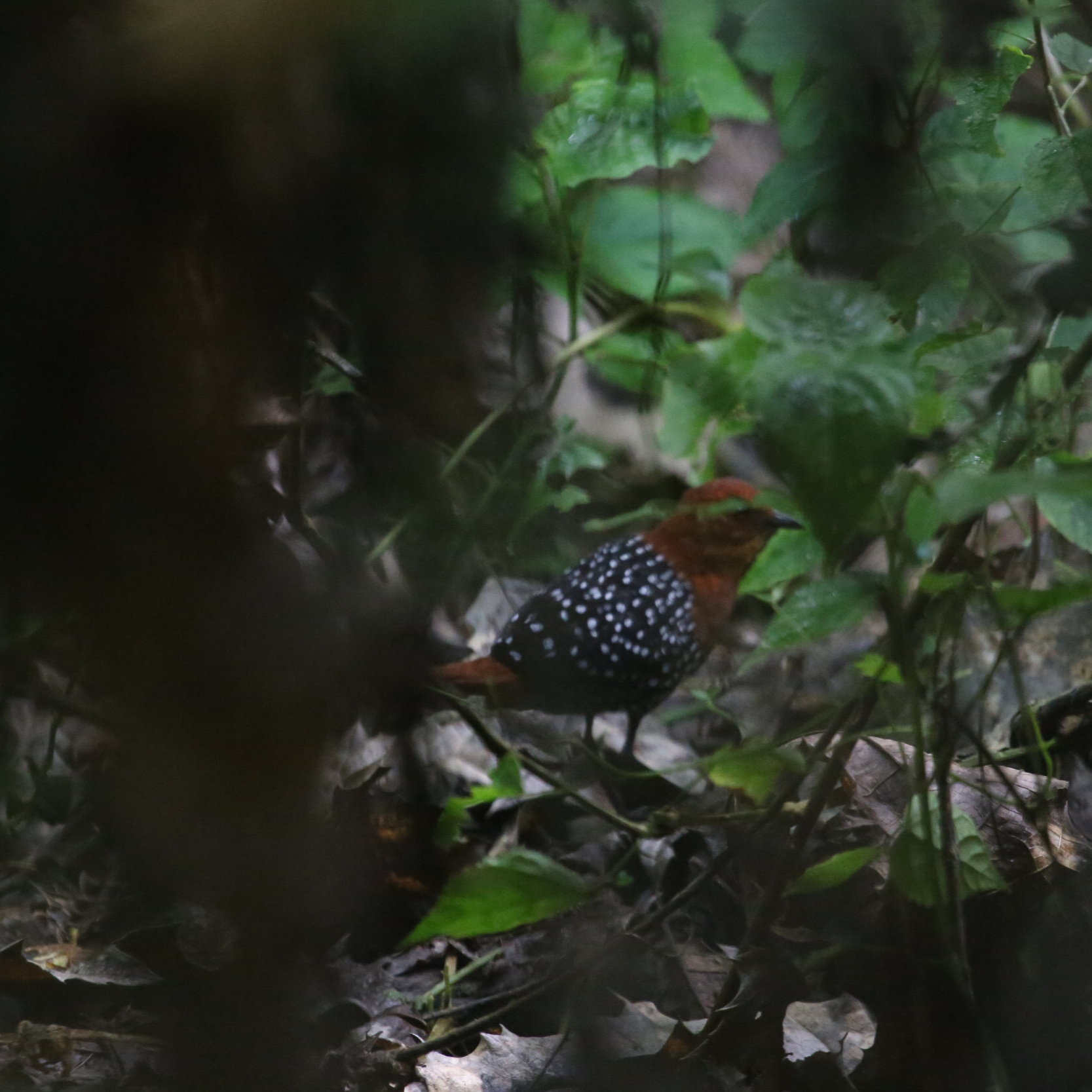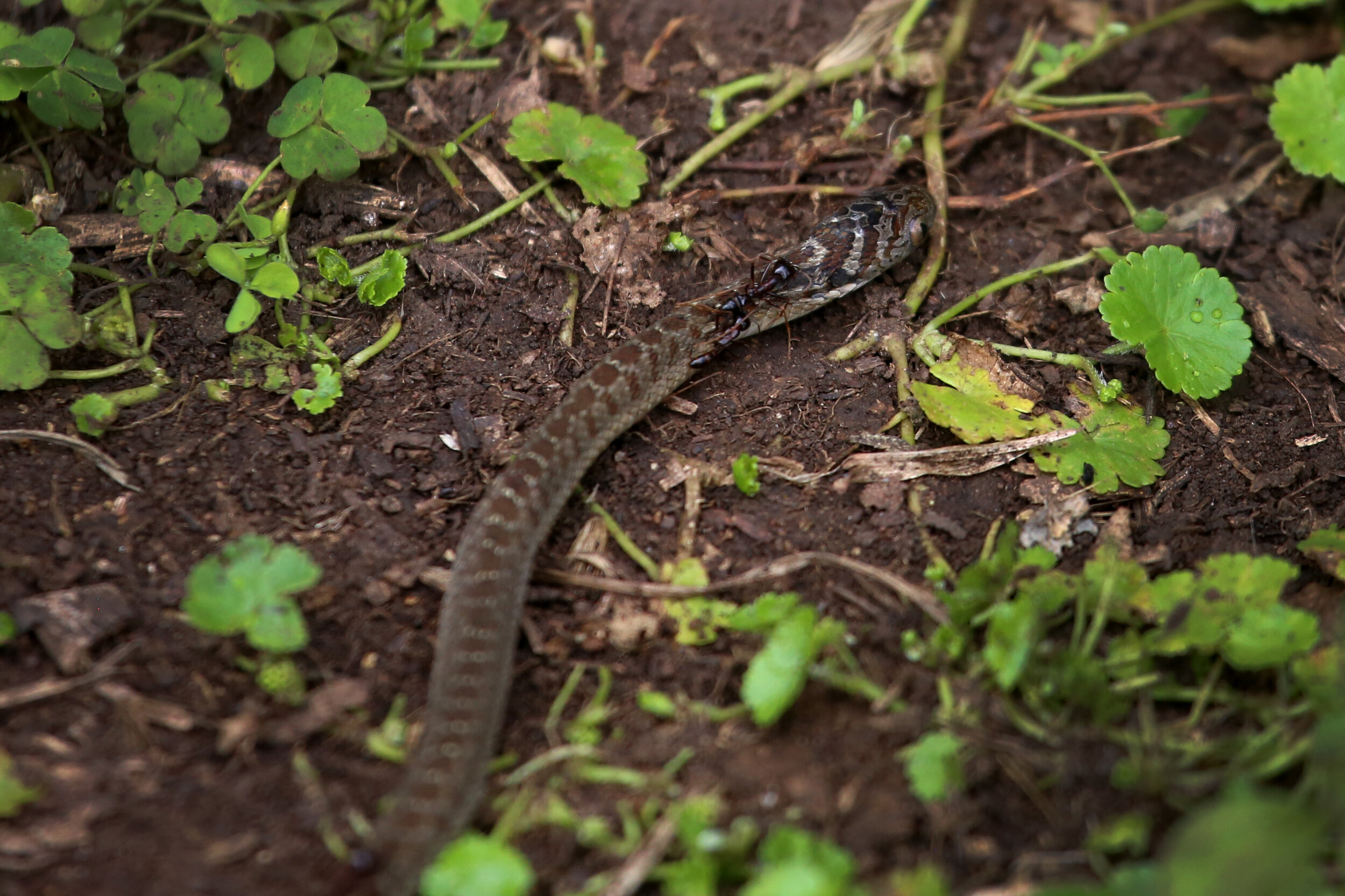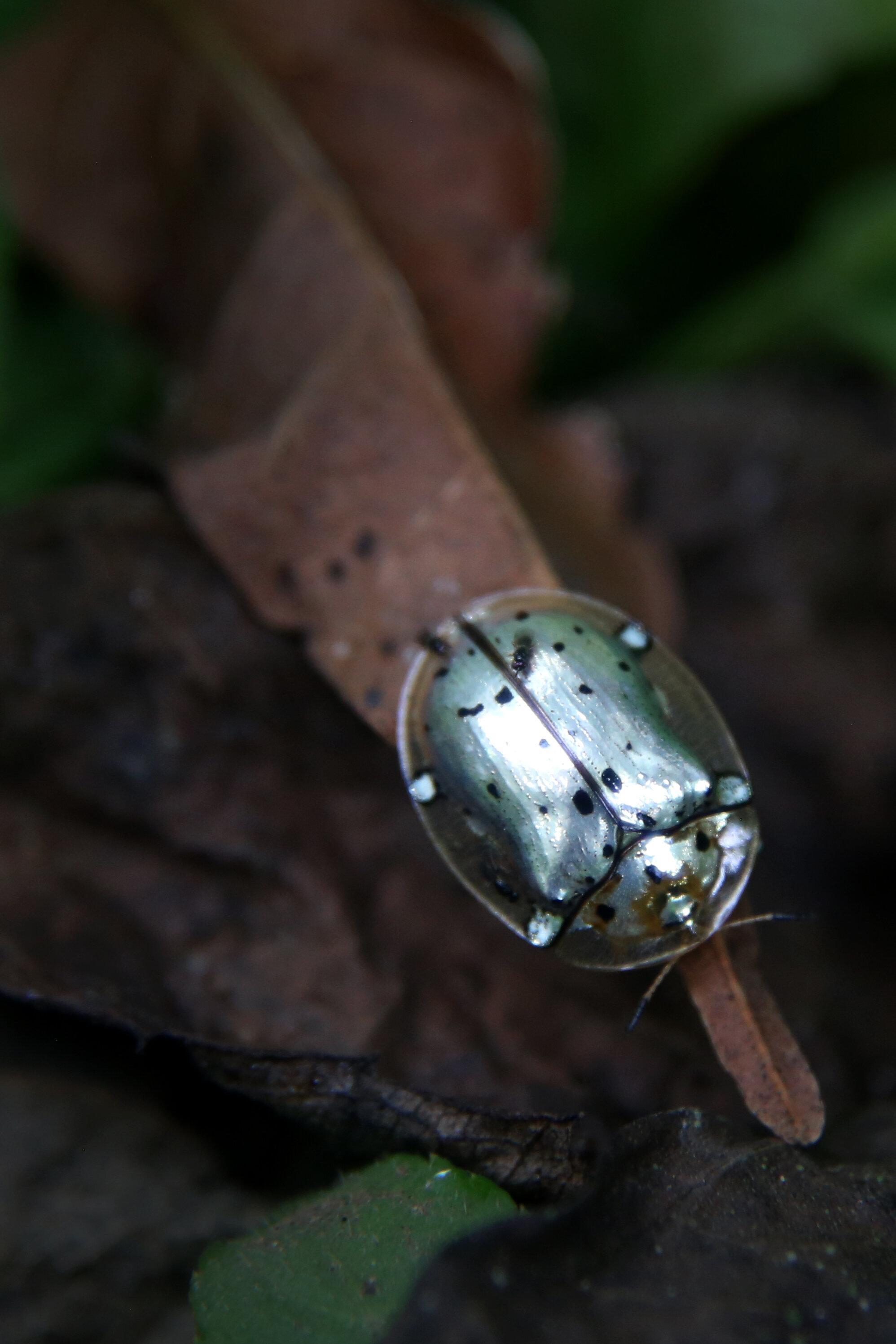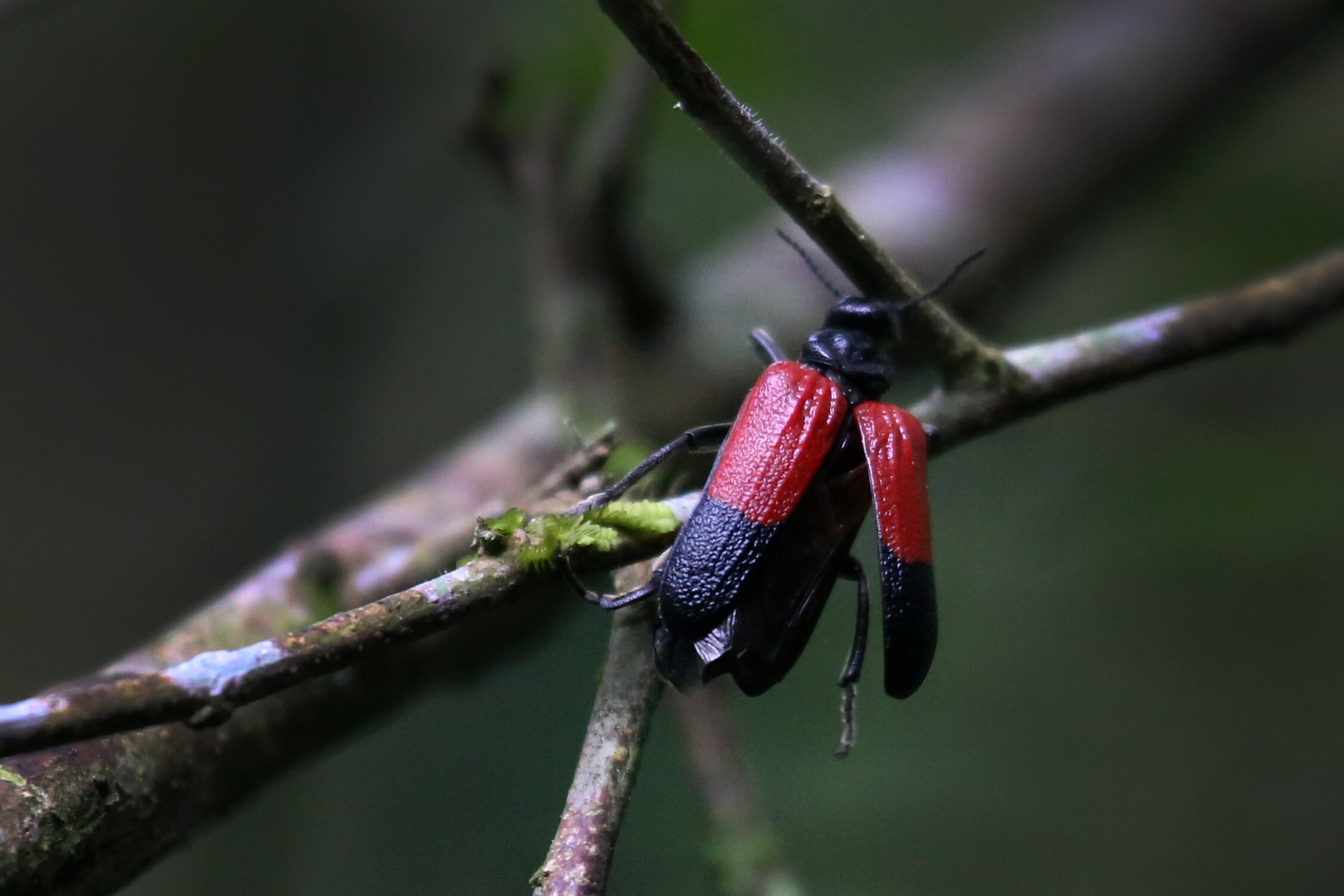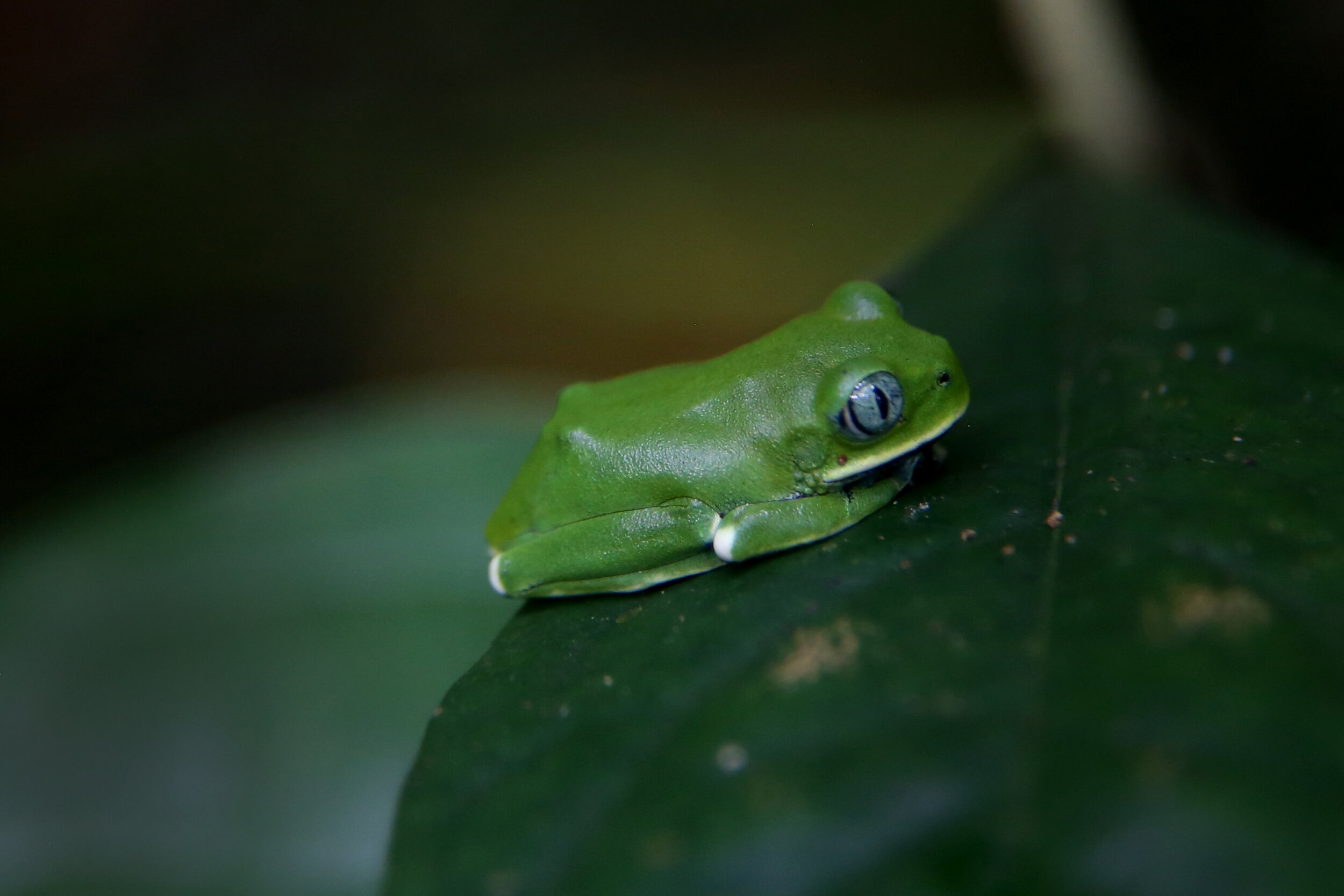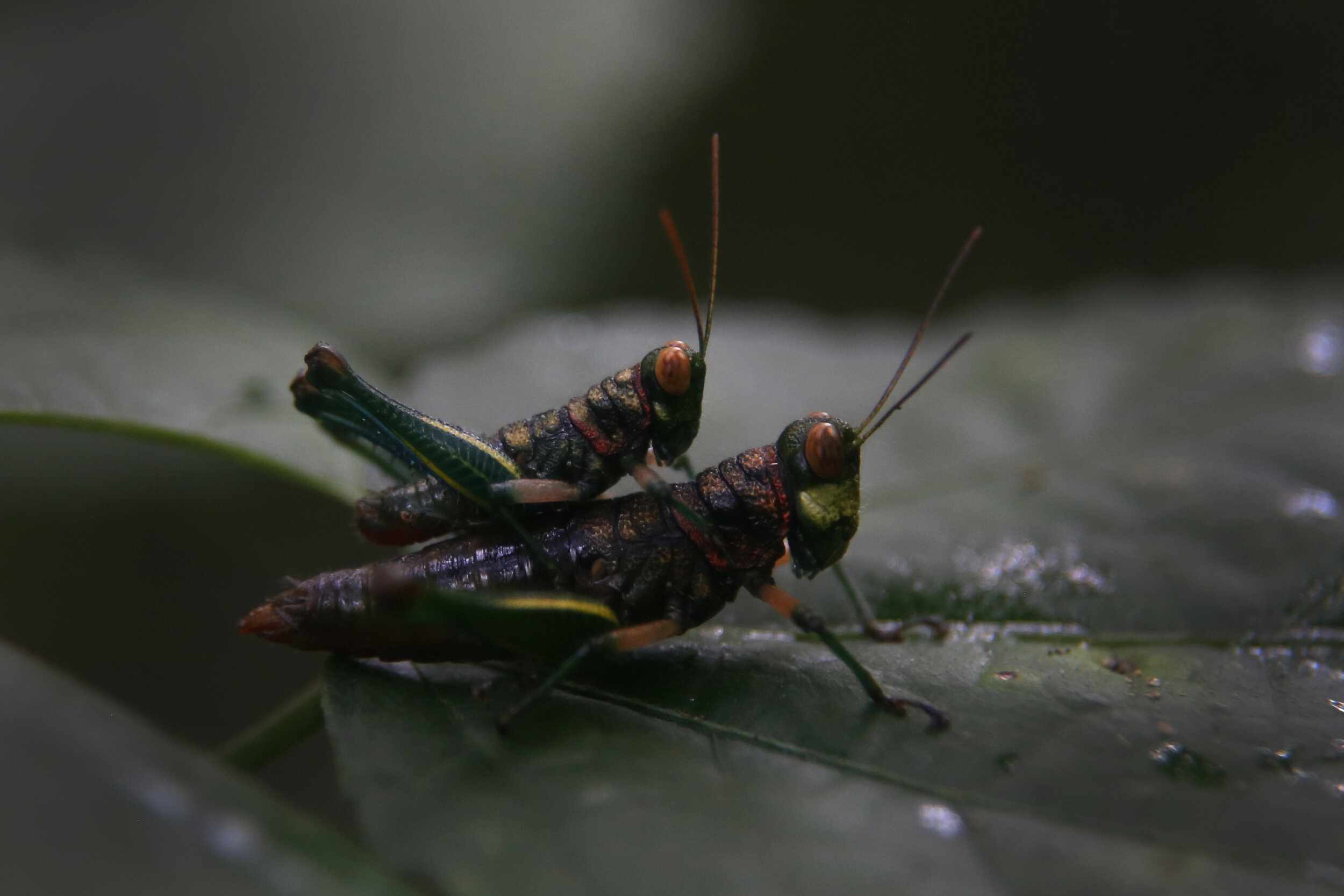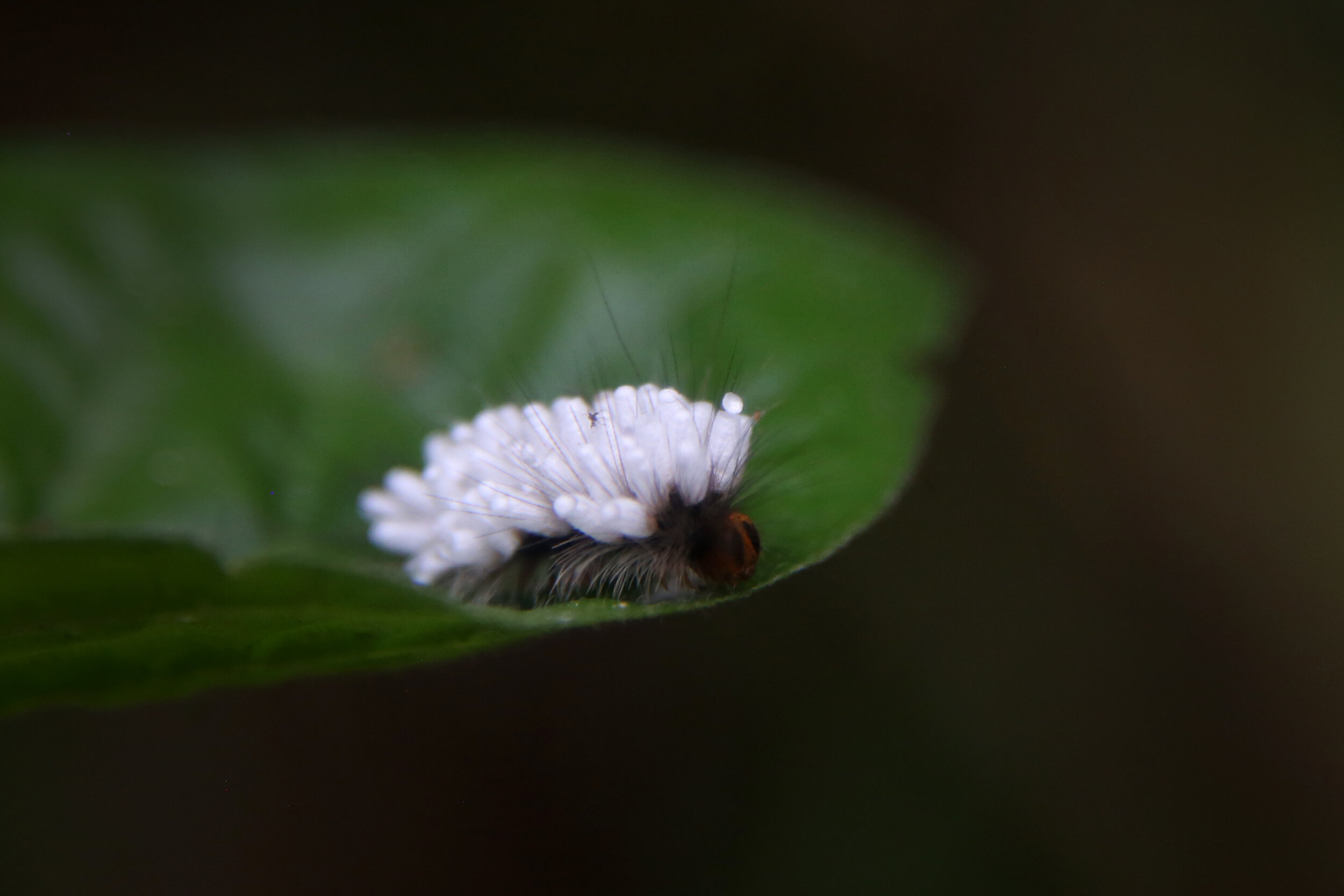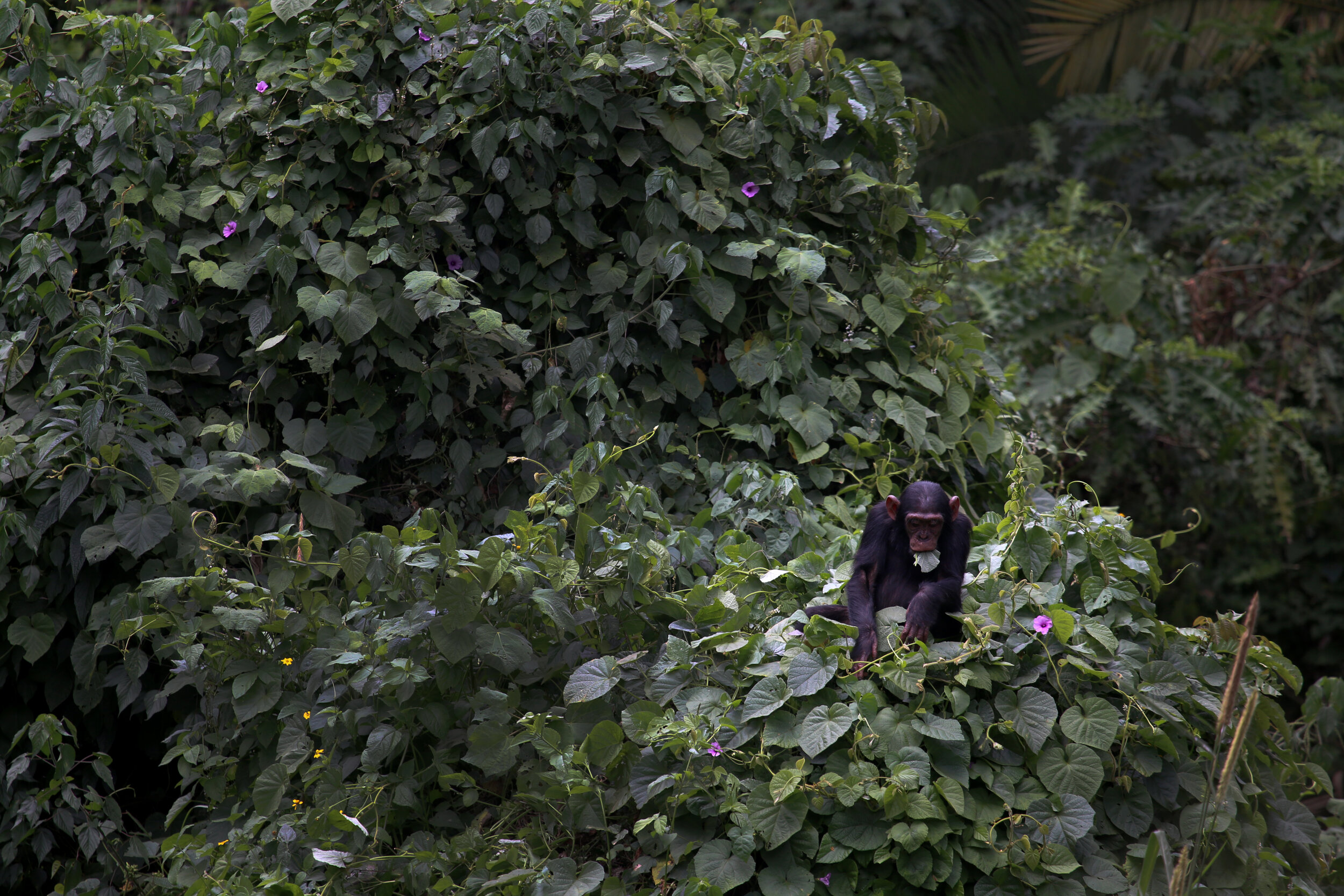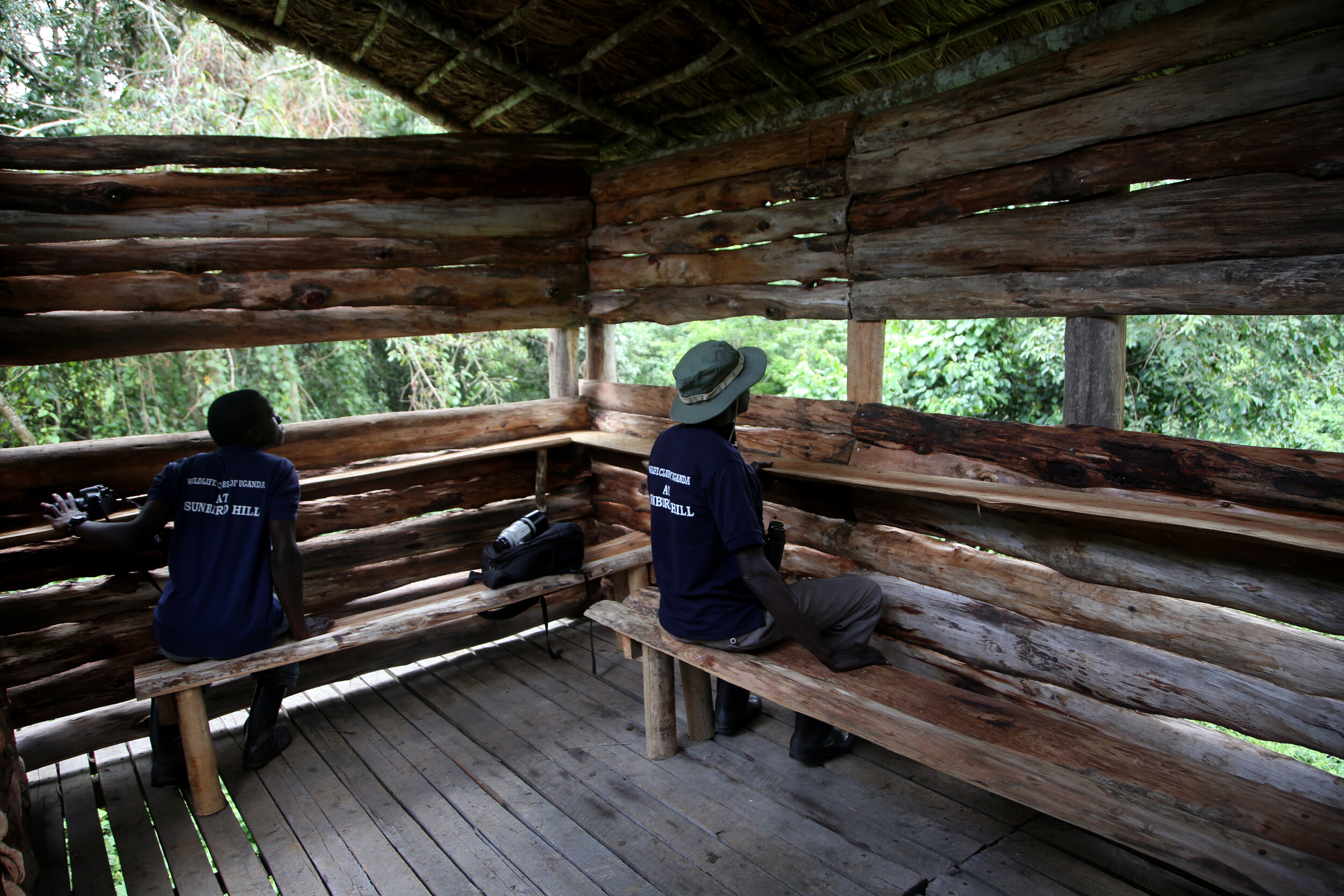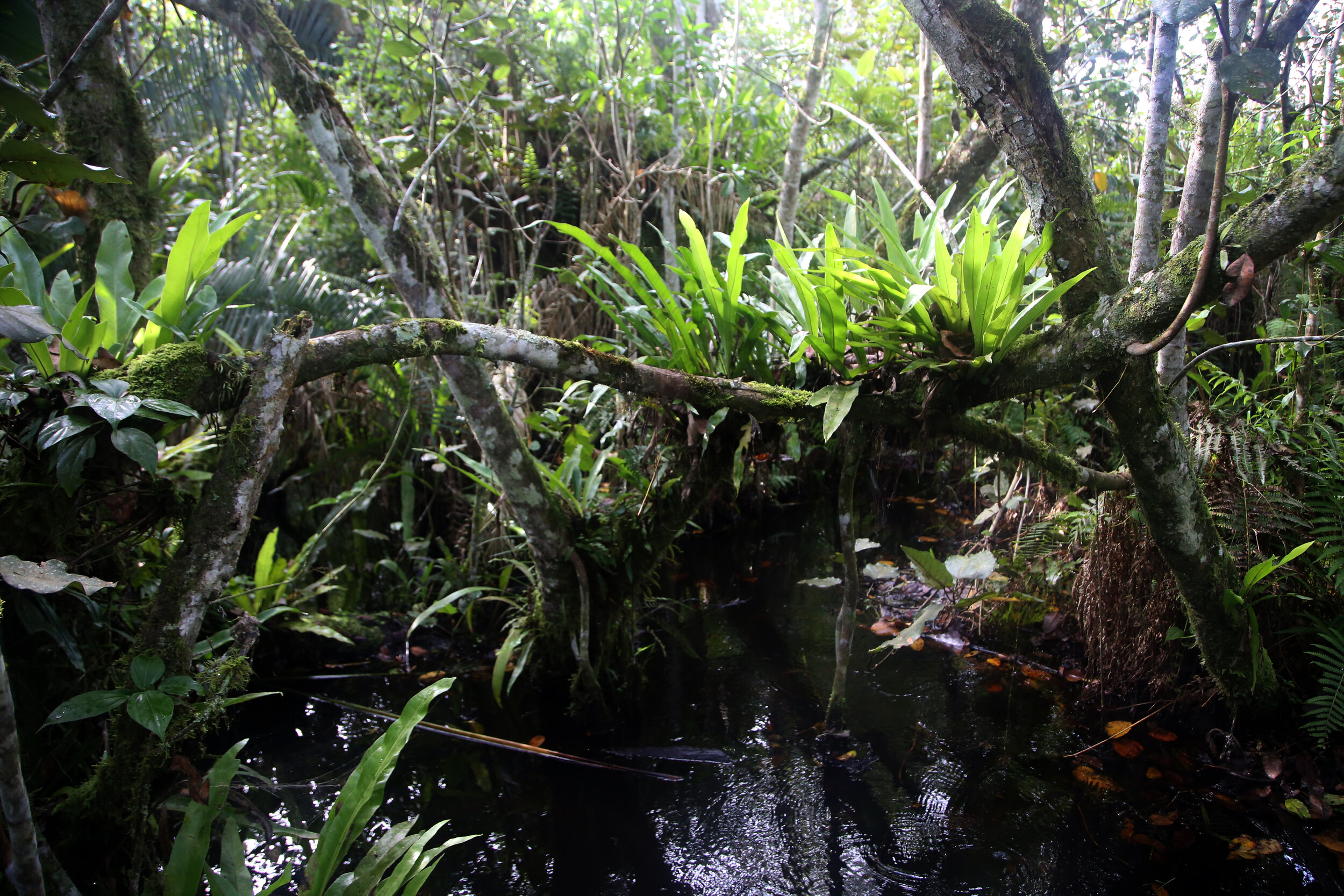For my birthday weekend, I desperately wanted time in nature. I had heard about Silver, an ex-poacher who has turned into Uganda’s foremost butterfly expert, and I wanted to track him down and take a butterfly tour. Since it was only a couple of weeks before we were due to set off for the month-long trip, we figured we would combine my birthday weekend with a camping trial run. I arranged the tour, we finalized our packing, and we set off on Friday morning for the edge of Kibale Forest at a very special place called Sunbird Hill.
It’s a good thing we did this trial run. We learned so much.
While my tour and time away in nature for my birthday was absolutely exactly what I had in mind and I loved every minute of it, our camping test-run was a bit of a different story. Again, we learned so much.
Primarily, we were reminded just how much work it is to camp - to set up, take down, take out, make dinner, clean up, etc. And doing this with two young children who want to play in our precious water and investigate every small thing we had carefully selected and packed was a bit of a nightmare, not to mention finding a way to climb a ladder with a sleeping baby in my arms to put him to bed.
We learned that the kids absolutely cannot stay clean and, therefore, neither can we. So we realized that we either take more clothes or just let the kids be naked as much as possible. We tend to opt for the later choice, which is admittedly nothing new, but that also has consequences with a 1-year old. On the plus side, I saw my first dung beetle.
After finally getting the kids into bed the second night, Eric and I had a very serious discussion about whether we can really survive a month-long camping trip with kids so young. “They won’t even remember this!” we told ourselves. So we went back to the basics and asked: “Why are we doing this, again?” Ah, yes. We are doing this to spend time together as a family, to have fun, to play and be happy together. So once we had re-established our goal, we re-evaluated our set-up and our itinerary. What can we do to help us have more fun and minimize the “NO STOP DOING THAT!s” and the “DON’T TOUCH THAT!s” and the plethora of 4-letter words muttered under our breath.
We learned there is really no need to be hard-core. There is no need to be entirely self-reliant. Let’s loosen up the reigns a bit and allow ourselves to order meals if we need to, hire out our laundry to be done if we need to. I had also predicted the hardest part of the trip would be the long drives, so I originally worked out our itinerary for short drives, with just 1 night at most stops. But with all the things to set-up and take down, we realized that we can do longer drives (It was about 6 hours to Kibale, with a stop for lunch), and we should stay no less than 2 nights at each place. If we are to stay just 1 night, we decided we should get a hotel and order meals.
We also learned how grateful we are that we decided to get the tent annex that zips around the bottom of the tent to make an extra room (heretofore fondly referred to as the “safari barn”). We thought, at the time, that perhaps it was a bit too much. Were we just being those typical Americans who have to have everything BIG and luxurious? The hardcore overlanders rarely have annexes. But after a lot of thought, we figured we would use it enough now and in the future to make it worthwhile and we are very glad we made the investment. It provided a lot of privacy, a place to get out of the sun and rain, and a place to put our stuff at night.
So the plan is still in action. We are still going. Whether this is going to be epic and amazing or miserable and super difficult is still to be determined. Likely, it will be all of the above.
In the midst of this test-run, I escaped the campsite and the kids for most of the day on Saturday while tromping about through the delicious Kibale forest.
It was my birthday and what I wanted most was time in nature without children. I came for Kibale’s incredibly diverse population of birds and butterflies and any other small and spectacular fauna, and I was not disappointed. My guides and hosts were incredible. They have studied the species around Kibale closely and they know so much. They are doing important research, even finding new species all the time, so I knew that even with all I saw, it was just a taste of what this incredible forest has to offer. I felt honored to walk along beside Silver and Nick, learning from them along the way, so we ended up eating my birthday cake together!
butterflies
birds
Hairy-breasted barbet
Black bee-eater
Copper sunbird
Collard sunbird
White-spotted flufftail
Yellow-breasted apalis
insects, reptiles, and amphibians
Most people find their way to Kibale forest to trek the chimpanzees. This little corner of Uganda is home to one of the world’s densest populations of primates, the chimpanzees being the most popular. Most people stomp right on by the other, more subtle fascinations of the forest. But I’ve often had the experience that when you begin to notice one thing in nature, you will be shown so much more. And so, as a birthday bonus, I had a glimpse of the chimps - humankind’s closest relatives. Happy birthday to me!
It’s clear that Kibale has much more to offer and I do hope it won’t be long before I’m back. I will go straight back to Sunbird Hill, where Julia (the owner) and her team work with a passion to share their love and knowledge of the flora and fauna with the locals and visitors alike. I had only a glimpse of the swamps - enough to call me back to explore them more thoroughly. In a country that caters so much to tourists coming to see the big game, most guides know a few simple facts about the popular animals and not much beyond that. But now I’ve found a place where kindred nature-lovers move forth with all senses open and look beyond the surface to the abundant richness below that can be infinitely known and loved.





